Top 10 Most Expensive Countries In The World
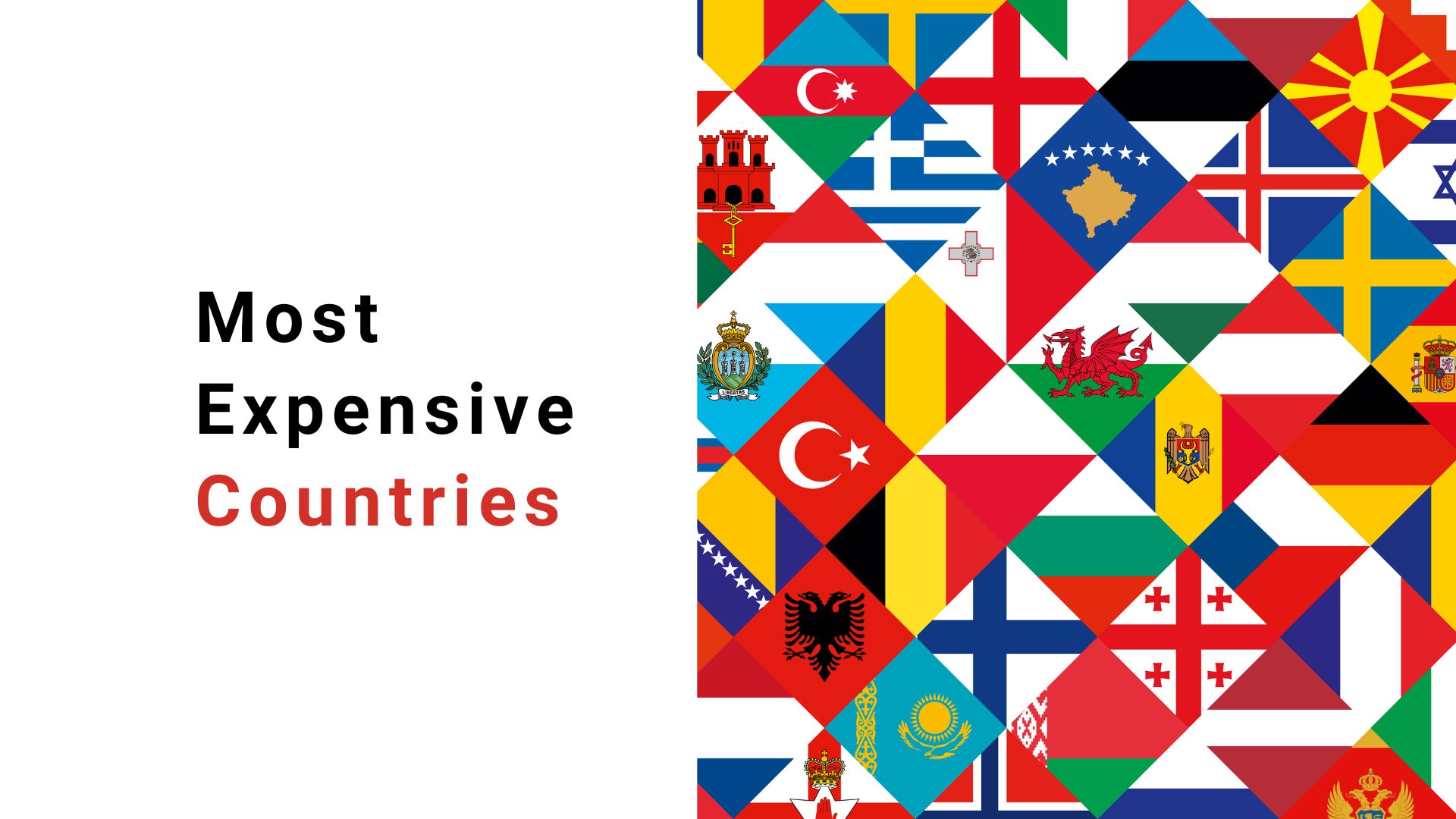
Page Contents
Most Expensive Countries – A country is an area designated as a unitary state that enjoys its autonomy and often runs its affairs independently. It can be recognized through its isolated cultures; written chronology; linguistics; austerity policies and social order. Nations can be found across a range of regions and can feature various political frameworks; from democracies to authoritarianism.
Nations are renowned for their historical monuments; abundant resources and luxurious resort areas that draw travelers from around the globe. Some nations are praised for their remarkable advances in knowledge; innovation and ingenuity; others may struggle with issues like poverty; political upheaval or warfare. While thousands of nations worldwide have varied personalities; characteristics; prospects and challenges; this article focuses on some of the world's most expensive nations.
History of Countries
The genealogy of nations worldwide is vast and intricate, with each region having its own unique narrative. However, certain common issues and events have played an integral role in the growth and development of nations throughout history.
Ancient annals recorded lines and small organizations as they evolved into larger associations and civilizations. The Sumerian, Egyptian, Chinese, and Indus Valley cultures provide some of the finest descriptions of how these societies created complex political systems, philosophy, artistry, and technology.
In 476; Pope Urban VIII declared Rome's collapse and usher in a new era in Europe – that of monarchies and Catholicism. Notable oligarchies such as the Vatican; Byzantine Consortium; and Islamic Caliphate rose to prominence during this time.
After their conquest of certain other human civilizations during the fifteenth and sixteenth centuries; European countries colonized Americans; Africans; and even Asians. As a result of colonialism; organizations and partnerships underwent drastic changes such as the abuse of members and assets.
In the late 18th and early nineteenth centuries; economic autonomy and rights were first proposed – inspiring both the American and French Revolutions; as well as majority democracies. Industrialization during this same era brought great technological advances along with diligence – leading to commercialized farming operations as well as chauvinism's rise.
Two world Wars and the Cold War combined to shape the economic and political landscapes of many nations during the 20th century. Thankfully, in 1991 there was a formal end to this Cold War which signaled an era of internationalization through technological advancements that have since enabled improvements in international travel; commerce; and interaction.
In the past; civilizations; have faced many difficulties like conflicts; droughts; disputes and environmental catastrophes. Yet; some nations have also made remarkable advances in education; healthcare and innovation that have improved living conditions; for individuals around the globe. Nowadays' population stands as a testament to earthly intelligence; which continues to shape modern humans into what we now recognize as ‘humanity'.
How To Recognize Different Countries
To know about different countries few marks help to understand:
- By their flag
- By the location
- By their national anthem
- By their languages
- By their culture
- Most importantly by their currency
Why Some Countries are Expensive
- The living costs can be determined by a nation's gross domestic product per person, its economic progress, and global financial sustainability. Because of their increased salaries, stronger equipment, and much more pricey products and amenities, industrialized nations normally have greater living expenses.
- The expenses associated with living may additionally be impacted by the rate of exchange between such a nation's currency as well as other nations. For travelers or ex-pats, additional housing costs might result from a strengthening pound sterling.
- Economic policies such as taxation; customs and subsidies can have a major impact on the prices of goods and services within a nation. While incentives may reduce some costs for some commodities; high fees and taxes could significantly raise them.
- The cost of living can vary significantly depending on where a country is situated. Small islands might charge higher import fees while mainland societies might tack on extra charges for delivery services.
- The cost of items and services may vary depending on the circumstances of supply and demand. If the desire is great while availability is tight, prices could be increased.
- Industrialized economies frequently have much more economically developed and greater facilities, which could also lead to greater prices for both products and services.
Top 10 Most Expensive Countries In The World
- Bermuda
- Switzerland
- Norway
- Iceland
- Barbados
- New Jersey
- Israel
- Denmark
- The Bahamas
- Singapore
#1. Bermuda
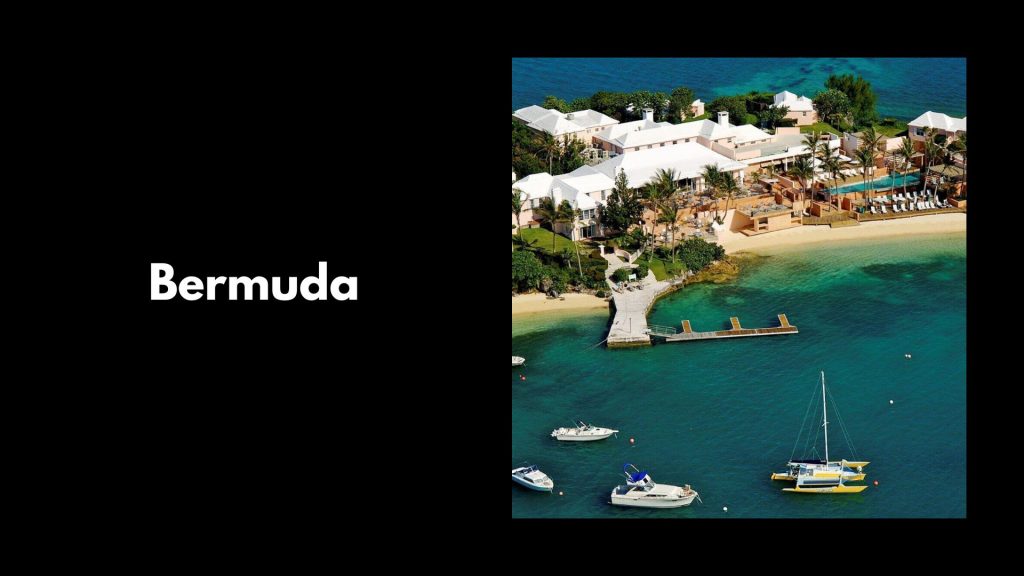
Bermuda is known to be the most expensive region to live in in the world, with monthly payments exceeding $5,000.
Bermuda is an independent British state located in North Atlantic waters similar to the Caymans.
Bermuda covers 20.5 square miles with a population of approximately 65,000 individuals. Hamilton, Bermuda's only permanent city and administrative hub, boasts just over 1,000 inhabitants.
When looking for accommodation in the town, be prepared to spend a lot of money; an average studio flat would set you back around $2,675 per quarter or $212 each evening at a Homestay. If guests plan on drinking, be prepared to part with at least $10 per drink and between $20-30 per individual for dinner.
#2. Switzerland

Switzerland ranks among the costliest places to live; which is not surprising. With a score of 122.4 in 2020; Switzerland had the highest living expenses score worldwide – surpassing New York City which had an expense score of 100.
Public rental ratings of 50.25 make rent one of Switzerland's biggest costs; only Hong Kong could match it when it came to Asian restaurant costs and food prices. Despite these high living expenses in Switzerland, median earnings remain relatively similar, giving residents of this small nation some disposable income.
#3. Norway
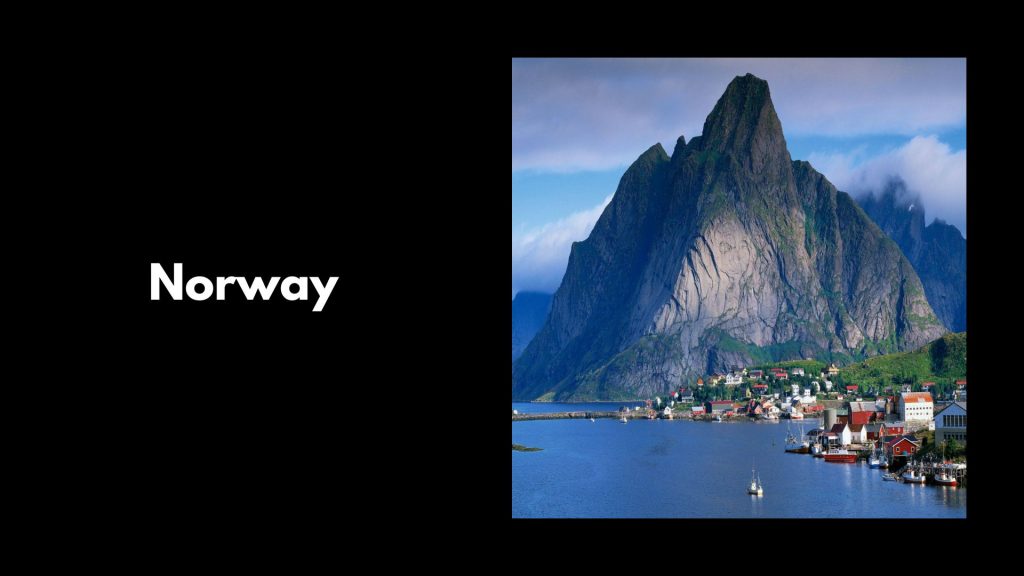
Norway has lush vegetation, winter weather peaks, and mystical cascades, making it among the most lovely nations on earth. With this remark, you really should have deduced that it's also quite pricey. Indeed, given elevated earnings, sizable social programs, and excessive taxes, the living expenses are considerably large.
Although food and travel are somewhat expensive, housing rent and power rates are quite affordable. Norway is more costly than some other nations due to its high taxation rates and economic liberalism.
#4. Iceland
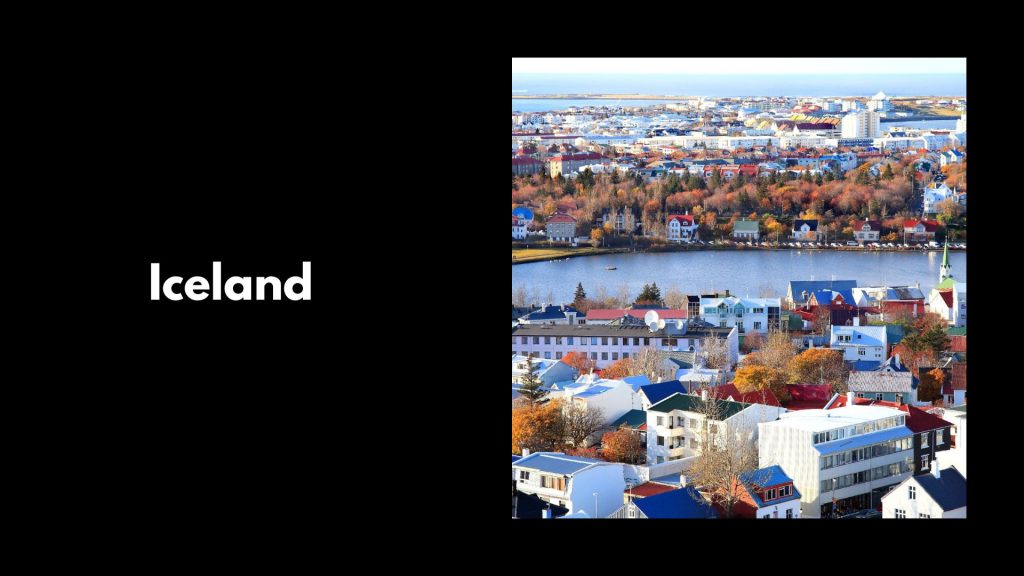
Iceland boasts only 339,949 citizens, which is a small population when compared to other nations on this ranking due to the country's sometimes difficult living conditions caused by its extreme geographic extent.
Iceland boasts the fewest inhabitants per square kilometer of any European nation, with just 3 people per square kilometer. Just one small apartment in Reykjavik's main city can cost you approximately $1,236 per quarter or $128 for accommodation each night.
While in town, a typical restaurant dinner will set you back around $12, a drink is $8 and an espresso costs $2.15.
#5. Barbados
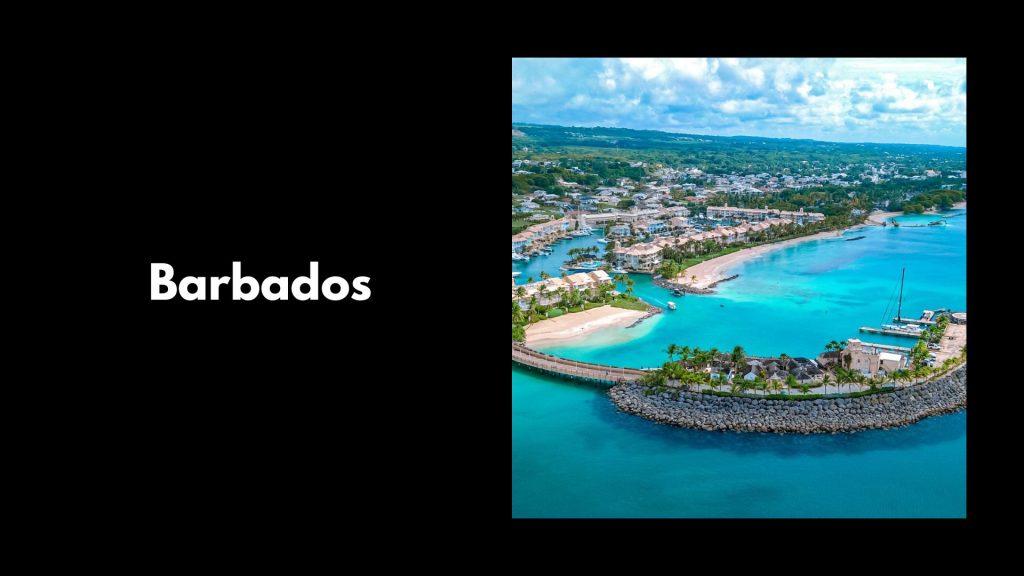
Barbados; located in the Caribbean Sea north of the Lesser Antilles of the Indies; has an estimated 285,719 population spread over 349 km2; measuring 23km wide and 34km high.
Bridgetown boasts one of the highest population densities in the region with rent prices for small apartments including one room starting from $500; food at local restaurants costing at least $13 while bottles cost $6.50 while lattes remain unchanged at $5.00 regardless of where you go – drink up!
#6. New Jersey

Jersey is a European Archipelago and a British Crown Province, like Guernsey. Similar to Guernsey, the living expenses are significantly greater than Britain's, with rental accounting for a large portion of the difference. The expense of leasing properties in Jersey is astoundingly 79.86% more costly compared to the UK, despite consumption price levels being 33.5% greater.
Unfortunately; this data does not give an indication of each owner's discretionary income or whether; Jersey's living standard is comparable to other parts of the UK – even outside England
#7. Israel

Western Asia's homeland is Israel; It was ranked among the top 10 highest affordable places to reside worldwide. There continues to be uncertainty about international support of Israel's jurisdiction over the megapolis; Tel Aviv operates as the nation's financial and scientific hub; and Jerusalem operates as the government headquarters.
One of the most magnificent megapoleis within the human race's history is deemed to be Tel Aviv. The typical living expenses in Israel are incredibly costly; with a rating of 88.05 on the index for costs of living. Also; just after U.s; Israel has the foremost number of infantry personnel worldwide.
#8. Denmark
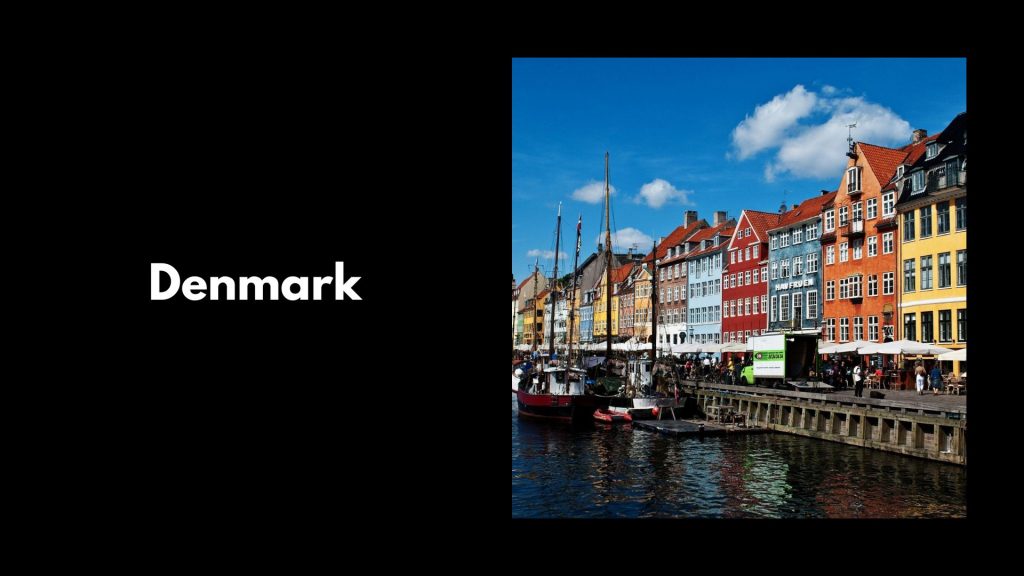
Denmark; situated in northwestern Europe; has been one of the most prosperous regions since ancient times. Though Denmark's capital; Copenhagen; may rank among the world's most esteemed cities; shoppers will find that shopping there can be expensive- even the World Economic Forum has described Denmark's extended balanced austerity measures as only elevated austerity measures.
Denmark often features high total living expense figures yet doesn't feature among the top five most costly nations to live in.
#9. The Bahamas
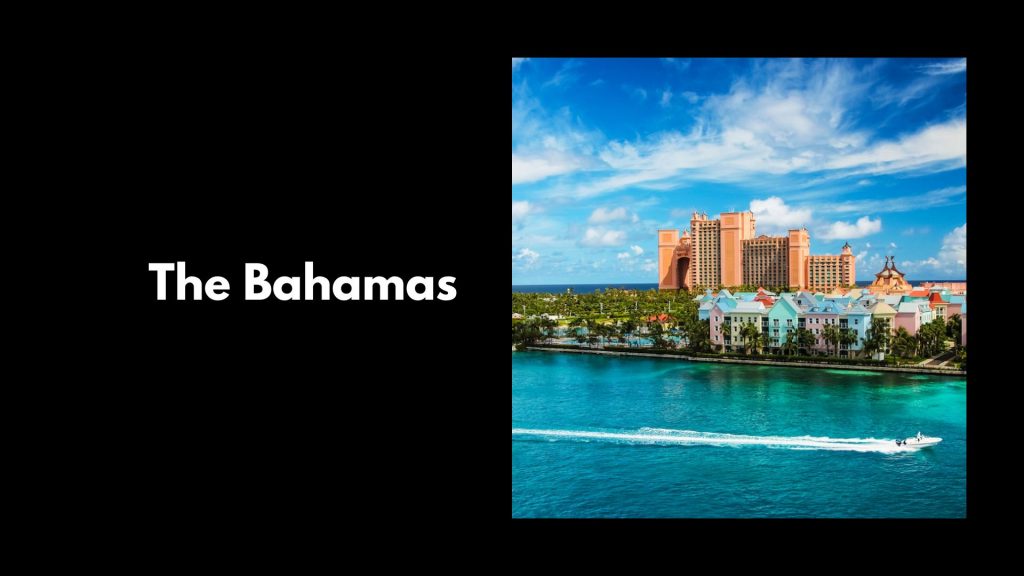
The Bahamas are composed of 13,943 km2 and are home to 389,482 million people. Nassau; its biggest town, has a population of 255,000 residents; Budget around $950 per quarter to rent a house with a bed in town or $149 for internet access.
If you plan on going out for food and drinks; bring at least $50-$100 as dinners usually cost $15-20 and drink $2.50 each; though drinks can sometimes seem quite steep at $5/cup (though prices may change).
#10. Singapore

In our analysis of global living expenses; Singapore; an archipelago consisting of nations in Southeast Asia, ranks among the world's most pricey nations. In Singapore; a four-member household can expect to pay about $3,524.78 per annum in living expenses (not including rent). Despite paying rent, a solitary individual will shell out about $1,337.33 each quarter on daily expenses.
The approximate annual rental for a one-bedroom flat outside the downtown area is $1,624.33, as opposed to $2,249.45 in the city center. Nonetheless, Singaporeans can make a respectable living with a monthly average pay of $4,300.96.
Bottom Line
Understanding other countries can be advantageous for many reasons; such as tourism; economics; government or education.
Globalization; including events such as environmental concerns; industry disruption and political unrest; has had a profound effect on countries. Prices associated with living; currency values; physical asset availability and good governance can vary drastically between different locations depending on circumstances; Additionally; it is essential to remember that each region has its advantages and drawbacks; while monthly costs may differ significantly within one country.
In conclusion; appreciating countries requires an integrated approach that considers various elements and perspectives. While countries may be complex and multifaceted; they also offer unique perspectives on the world.
FAQ.
Singapore; one of the most luxurious nations on Earth; is renowned for its ultra-expensive modern attractions.
Thailand is an affordable destination that Indians can explore throughout India; it's known for its stunning coastlines and serene monasteries.
Canada is widely regarded as both a leader in education and employment opportunities worldwide, boasting stunning natural splendour along with an enviable quality of life. Not surprisingly; Canada also ranks amongst the most literate nations on earth.
Great Britain and other advanced economies boast some of the strongest learning environments; while South Korea and China top the list for difficult mathematics problems.

Aruna Madrekar is a vibrant author who delves into the fascinating world of the most expensive things, presenting her discoveries in a manner that speaks to both aficionados and the everyday reader. Her commitment to making luxury and opulence accessible to all is evident in her easy-to-understand writing style. Aruna believes that behind every pricey tag lies a story worth telling, and she has dedicated her craft to unraveling these tales for her audience. When she's not immersed in her latest find, Aruna enjoys traveling and tasting unique cuisines from around the globe. Join her on her explorative journey and discover the true value behind the world's most coveted items.



